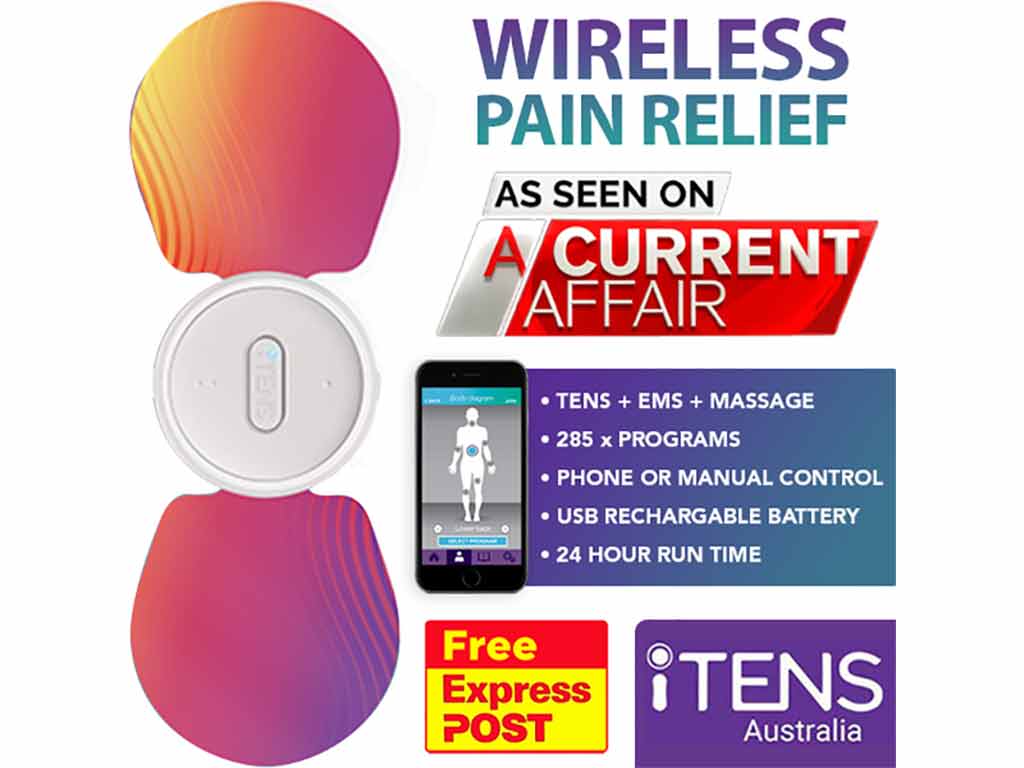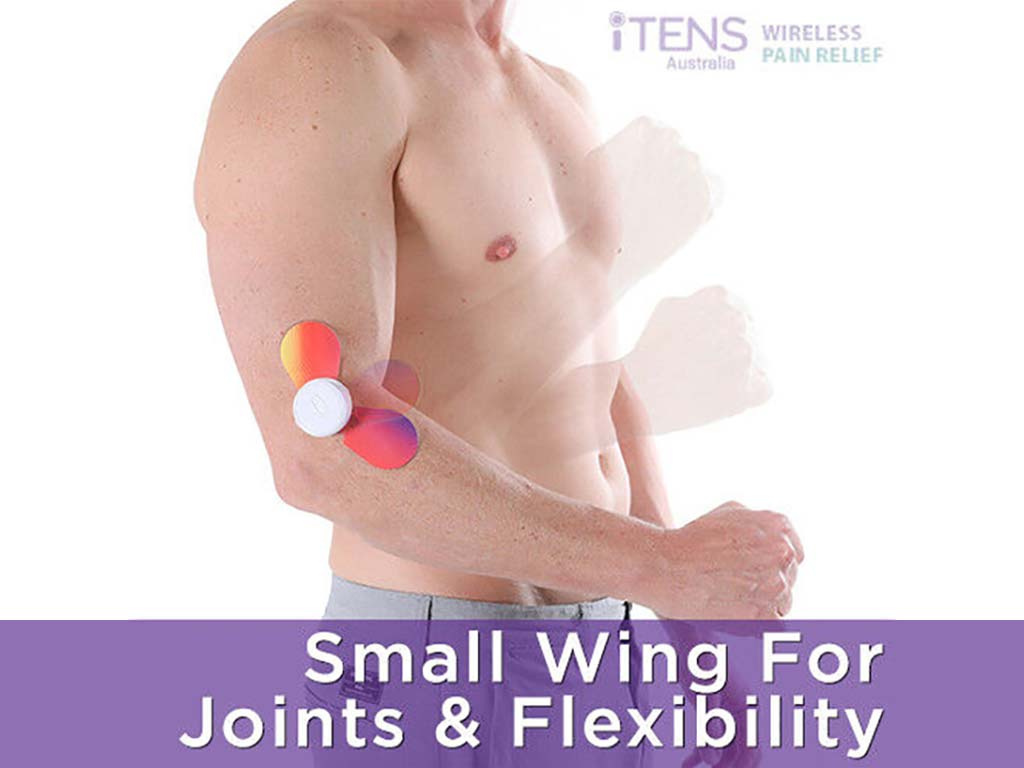
Transcutaneous Electrical Nerve Stimulation (TENS) and Electrical Muscle Stimulation (EMS) are two types of electrotherapy that work in different ways. EMS uses high-frequency ranges to strengthen and relax muscles. Meanwhile, TENS can block pain signals and trigger the release of endorphins. Pain therapy TENS and EMS offer non-invasive relief options that can be used at home. Moreover, they can treat various conditions, including chronic pain, acute pain, and muscle soreness.
Many people face medical conditions that greatly affect their quality of life. Fortunately, they can use TENS and EMS machines to provide electric stimulation for their needs. These machines are available for purchase without the need for prescriptions. It is recommended to consult with a healthcare professional before using any electrotherapy device. They may assess the condition and ensure safety. This article will present TENS and EMS therapy, including their differences, mechanism of action, and safety precautions.
How TENS and EMS Pain Therapy Differ from Each Other
Pain therapy TENS and EMS are both electrotherapies that use electrode pads to deliver low-voltage electrical impulses to the body. However, there is a crucial difference between them. This is the level of power they use to stimulate the body.
Generally, TENS machines have a frequency range of 1-150 Hz and an intensity range of 0-80 mA. These ranges enable TENS to activate the sensory nerves to reduce the feeling of pain in individuals. However, they do not have a direct impact on the muscles. Nor should their settings be high enough to cause muscle contractions. TENS does not provide treatment to directly treat the condition. However, its effect does help boost some body functions.
Meanwhile, EMS machines have frequencies ranging from 25-400 Hz and intensities of 1-120 Hz. They are more powerful because their goal is to stimulate the muscle fibres. EMS stimulators often help athletes during their athletic training warm-ups. Moreover, this type of stimulation helps build muscle strength and reduce atrophy.
Treatable Conditions
- Acute pain: a sudden and intense pain that typically lasts for a short period of time. This includes post-surgery pain, sports injuries, labour pain, muscle sprain, and period pain.
- Chronic pain: ongoing pain issues that persists for more than three months, even after the initial injury or illness has healed. These include conditions such as sciatica, fibromyalgia, ankle tendonitis, osteoarthritis, frozen shoulder, complex regional pain syndrome, and bursitis.
- Body aches: it can be a general feeling of soreness or localised pain in specific areas. This includes leg pain, knee pain, neck pain, hip pain, and more.

How a TENS and EMS Pain Therapy Works
Pain therapy TENS and EMS works by streaming low-voltage electrical current to the body through electrodes placed on the skin. EMS functions using a high-frequency range for muscle strengthening, contraction and relaxation. The muscle stimulation mimics the signals that the brain sends to the muscles during voluntary movements. Thus, the effects of contractions are similar to that when performing an exercise.
On the other hand, a TENS machine unit sends electrical current to the nerves. This can help block the transmission of pain signals from reaching the brain, providing symptomatic relief. Hence, this mechanism is thought to work concerning the Gate Control Theory of Pain. Also, the electronic stimulation can trigger the release of endorphins. These are the natural chemicals of the body that act as natural pain relievers. TENS can also improve blood circulation.
Accordingly, TENS EMS differs in frequency and intensity level. Nevertheless, the settings depend on individual conditions, treatment goals, and tolerance. The TENS and EMS technologies are different. However, some versatile devices on the market offer both functions. These dual-function devices are beneficial and extend a broader range of treatment options for people to choose from.
Benefits
A TENS EMS device offers several benefits. Firstly, it is a non-invasive and drug-free method of pain relief. It helps eliminate or minimise pain sensations or other discomforts without the need for medications. Hence, people can avoid the associated side effects and the potential of developing a dependency.
Secondly, the device is portable and easy to use. This makes it more convenient for individuals to manage their pain on the go, whether at work or during travel. Thirdly, it provides personalised pain relief through customisable programs. The device has adjustable settings, such as electrical pulse rate, amplitude, and width.

Safety Precautions When Undergoing TENS and EMS Pain Therapy
Consulting a medical professional is recommended before using pain therapy TENS and EMS stimulators. They may assess if the health issue of the patient suits electrotherapy. Additionally, they may advise on how to use these natural pain relief devices. Users should also read the instruction manual provided by the product manufacturer for effective pain management.
Moreover, the user must stay alert while using TENS or EMS machines. They must avoid sleeping or safety-sensitive activities that require concentration. This includes driving and operating heavy machinery. Also, prevent contact with water during the session. This is because it can damage the machine and cause electric shocks. Another safety tip is to set a session timer. This can help the person avoid overusing the machine, which can have adverse effects.
Furthermore, proper electrode placement is crucial for effective treatments. Users may check a guide to ensure safety while using the machine. It is important to place the electrode patches on muscle areas and avoid areas with broken, irritated, or infected skin. Lastly, avoid sensitive areas. This includes the spinal cord, chest, throat, and head.
Are There Potential Adverse Effects?
The use of TENS and EMS units may potentially cause skin irritation. Symptoms may include redness, itching, or a rash at the site of electrode placement. Thus, regularly checking the skin for any signs of irritation and following the instructions for electrode placement and usage is essential.
Another potential side effect is muscle spasm. This may happen if the electrical stimulation is too strong. It is advisable to begin with a low setting and adjust it slowly as needed. If the side effects persist, users should seek a medical practitioner to ensure to rule out any underlying issues.
Conclusion
While pain therapy TENS and EMS both use electrical currents to alleviate pain, they differ in their frequencies and intensities. TENS primarily targets nerves to block pain signals, while EMS focuses on stimulating muscles for strength and conditioning. Despite their distinctions, some devices offer both functionalities, broadening treatment options. Understanding these variances empowers individuals to choose the most suitable therapy for their needs. This facilitates effective pain management and improved quality of life.
When using TENS and EMS, it is crucial to consult a medical professional and carefully follow safety precautions. Users should avoid activities that require concentration, prevent contact with water, and use a session timer to avoid overuse. Proper electrode placement is also essential, and users should watch for potential adverse effects like skin irritation and muscle spasms. By taking these precautions and being aware of risks, individuals can safely and effectively manage their pain with these devices.




















